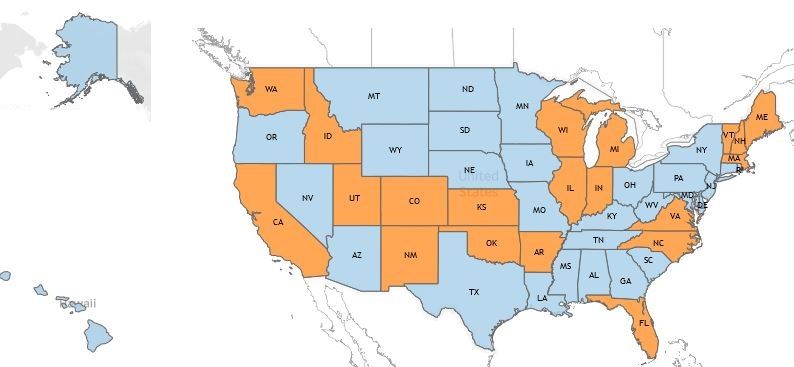Cross-border freight starts the year at a slow pace
Cross-border freight kicked off the year on a weak note after posting both yearly and monthly declines, but those decreases were pared by a strong showing in trucking freight.
Compared to January 2020, cross-border freight was down nearly 3% after a 0.4% increase in December and a 3.2% increase in November, according to the Bureau of Transportation Statistics. December’s year-to-year increase was the first since last February, just before the nation began implementing lockdowns due to the pandemic.
The value of freight hauled across national borders dropped by nearly 3% compared with December, when cross-border freight went up by nearly 1% compared with the previous month. Since 2017, cross-border freight has experienced a monthly increase in January. Year-to-year, January freight has fluctuated between increases and decreases, with no apparent pattern.

Despite the net decreases, trucks carried more than $61 billion of the more than $94 billion of cross-border imports and exports in January, a 1% decrease from December and an increase of less than 1% compared with January 2020.
Month-to-month, Canada truck freight decreased by nearly 4%, whereas Mexico truck freight went down by more than 1%. Top truck commodities were computers and parts, motor vehicles and parts, electrical machinery, plastics, and measuring/testing instruments.
January’s cross-border freight total of more than $94 billion is down more than $2 billion from the previous month and decreased nearly $3 billion from January 2020.
All modes except truck freight experienced a decrease, with airfreight having the largest drop at more than 20% followed by vessel freight at more than 8%.
More than 58% of U.S.-Canada January cross-border freight was moved by trucks, followed by rail at more than 16%. Of the more than $48 billion of freight moving in and out of Mexico, trucks carried more than 71% of the loads. LL









